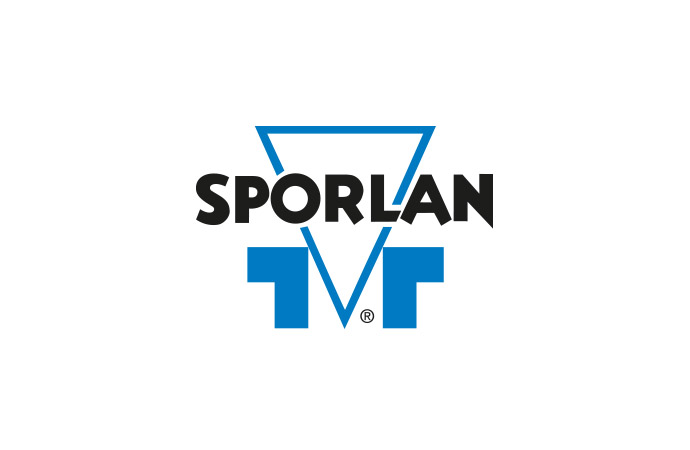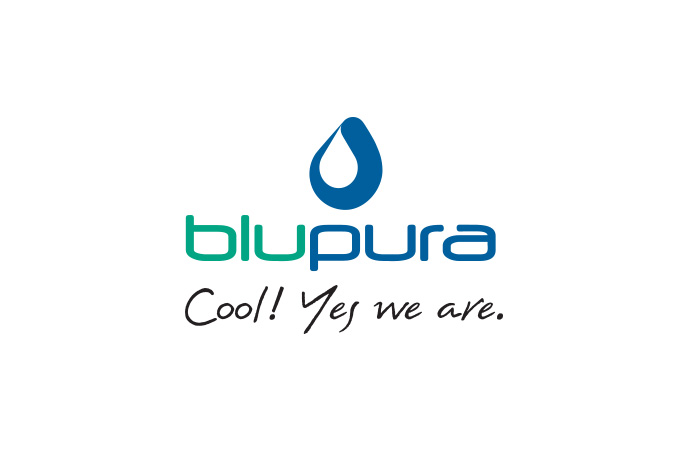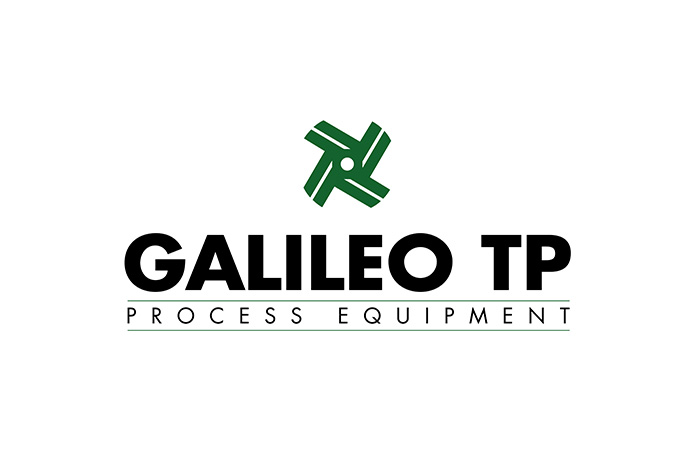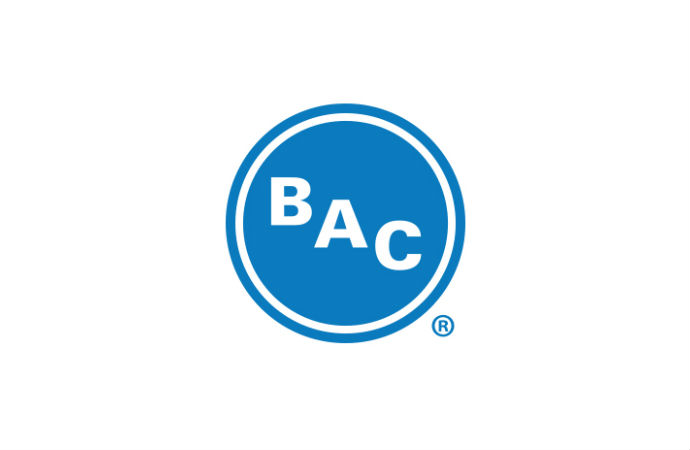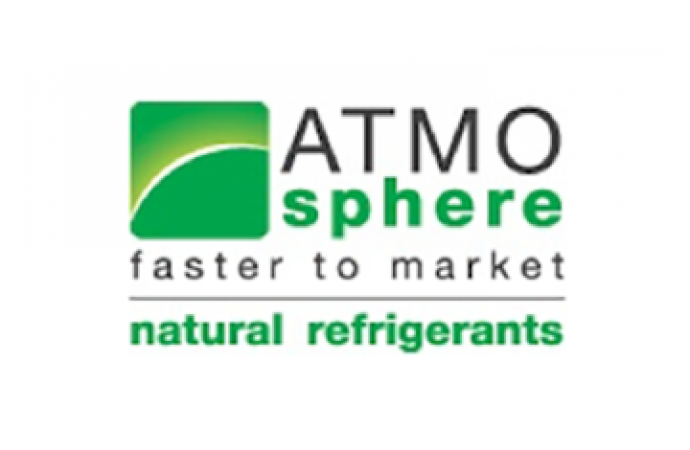ATMOsphere America 2014 provided a platform for key industry players to learn about the upcoming regulatory changes and opportunities that could increase the demand for hydrocarbon (HC) equipment in the US in the near-term future. The US EPA is soon to publish a draft SNAP rule allowing the use of hydrocarbons in additional applications, while a second expected proposed ruling will disallow the use of high-GWP refrigerants in equipment where HC solutions have a great potential for a wider uptake

President Obama’s Climate Action Plan issued last year foresees domestic as well as international action to reduce emissions of fluorinated gases. Tom Land, responsible for the US EPA Greenchill Partnership, gave an overview of EPA’s planned activities under the Significant New Alternative Policy (SNAP) Programme, which regulates substitutes for ozone-depleting chemicals. This summer, the EPA will be publishing two separate rulemaking proposals, which will create opportunities for natural refrigerants, especially hydrocarbons in several new applications.
US EPA to open up opportunities for HC solutions in additional applications
According to Land’s presentation, one of the draft rules is likely to propose adding hydrocarbons as acceptable subject to use conditions in the following end-uses:
Moreover, a second draft rule due to be published this summer will change the status of certain high-GWP refrigerants, meaning that these high-GWP refrigerants will no longer be listed as acceptable substances in vending machines, stand-alone reach-in coolers as well as multiplex supermarket systems, which will further influence the uptake of HC solutions.
UL realises the need to increase HC charge limits, needs supporting data from industry
Despite the new opportunities for hydrocarbon refrigerants that the US EPA is considering under the SNAP Program, industry participants raised concerns regarding the charge sizes allowed under Underwriters Laboratories (UL) standards, which limit the use of hydrocarbons to smaller equipment and are perceived as a major barrier in rolling out HC solutions on a wider scale. For instance, the maximum HC charge size in household refrigeration is 57g under the UL 250, whilst in Europe for the same type of equipment the charge limit is 150g.
Barry Karnes of UL noted that UL is realising the need to increase the charge sizes for A3 refrigerants. “At UL like any other organisation we want to balance safety with environmental concerns and we are willing to look at new proposals and new data that would enable us to increase those limits,” Karnes said. Nevertheless he highlighted that industry stakeholders asking for an increase in the charge limits should increase their efforts to communicate to UL the rationale, testing data, and empirical information that would support such action.
“Give us something to work with, tell us why 57g is bad and tell us why 500g is good,” he said. “We want to make sure that products are a safe as possible. Shifting from say 50 to 500g sounds like a good idea as far as the environment is concerned, but UL looks at it from a different perspective… What is offsetting that balance to make the 500 risk level as acceptable as that of 50?” he challenged the audience.
US EPA to open up opportunities for HC solutions in additional applications
According to Land’s presentation, one of the draft rules is likely to propose adding hydrocarbons as acceptable subject to use conditions in the following end-uses:
- Household refrigeration - propane
- Retail stand-alone refrigeration - iso-butane, R441A
- Vending machines - iso-butane, propane, R441A
- Household self-contained AC - propane, R441A
Moreover, a second draft rule due to be published this summer will change the status of certain high-GWP refrigerants, meaning that these high-GWP refrigerants will no longer be listed as acceptable substances in vending machines, stand-alone reach-in coolers as well as multiplex supermarket systems, which will further influence the uptake of HC solutions.
UL realises the need to increase HC charge limits, needs supporting data from industry
Despite the new opportunities for hydrocarbon refrigerants that the US EPA is considering under the SNAP Program, industry participants raised concerns regarding the charge sizes allowed under Underwriters Laboratories (UL) standards, which limit the use of hydrocarbons to smaller equipment and are perceived as a major barrier in rolling out HC solutions on a wider scale. For instance, the maximum HC charge size in household refrigeration is 57g under the UL 250, whilst in Europe for the same type of equipment the charge limit is 150g.
Barry Karnes of UL noted that UL is realising the need to increase the charge sizes for A3 refrigerants. “At UL like any other organisation we want to balance safety with environmental concerns and we are willing to look at new proposals and new data that would enable us to increase those limits,” Karnes said. Nevertheless he highlighted that industry stakeholders asking for an increase in the charge limits should increase their efforts to communicate to UL the rationale, testing data, and empirical information that would support such action.
“Give us something to work with, tell us why 57g is bad and tell us why 500g is good,” he said. “We want to make sure that products are a safe as possible. Shifting from say 50 to 500g sounds like a good idea as far as the environment is concerned, but UL looks at it from a different perspective… What is offsetting that balance to make the 500 risk level as acceptable as that of 50?” he challenged the audience.
MORE INFORMATION
Related stories








